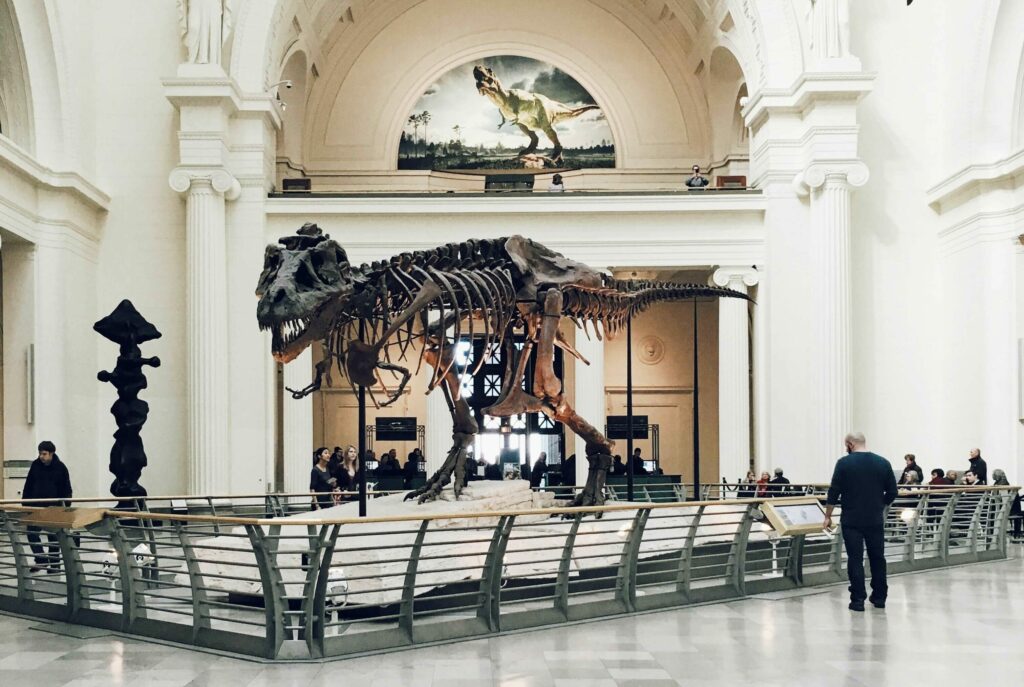A museum visit can be life-changing. Unless the museum cleaning is lackluster, and that’s the only thing you notice.
Museum cleaning doesn’t come to mind for most people when they imagine a visit. Even in the cleaning industry, do you focus on how clean a museum is when you go visit?
We get excited about seeing a Saturn V rocket at the Smithsonian Air and Space Museum. We feel electricity in the air standing in the Baseball Hall of Fame with Jackie Robinson’s World Series cap in front of us. We stand in awe of the skill and emotion in artwork from Vincent Van Gogh or Frida Kahlo.
Even smaller, less well-known museums are places of inspiration. Children’s museums offer opportunities to explore and experiment. Hands-on science museums let us play with electricity and have fun.
All of that, however, is at risk when the approach to museum cleaning isn’t up to high standards. Of course, the opposite side of that coin is that a proactive, thorough museum cleaning strategy can enhance and improve a visitor’s experience.
Keep health and wellness at the forefront of your museum cleaning strategy. Schedule a free call with Janitorial Manager to learn how mobile-friendly janitorial software can help your team improve conditions for everyone.

Museum cleaning and the visitor experience: 7 ways a clean space is a great place
Aside from the basic need to be clean, how does a museum or similar space benefit from proper museum cleaning? How does that make for a better visitor experience? Here are some of the benefits visitors enjoy, thanks to your work.
1. Healthier environment. Museums can bring in hundreds of visitors in a day. These visitors cough, sneeze, wipe their noses, rub their eyes, and touch contaminated surfaces on their way to the museum. And as we know from looking at how airborne germs can spread even with asymptomatic people, it’s easy to recognize the importance of thoughtful museum cleaning protocols.
2. Cleaner air. Along with the healthier overall environment, your work also enhances the visitor experience by ensuring there is cleaner air within the building. Regular HVAC filter changes, HVAC system cleaning, air vent cleaning, and green cleaning products all contribute to higher air quality within a space.
3. Better aesthetics. Much of the work of museum cleaning goes unnoticed. We can’t exactly “see” the air we breathe. But let’s not overlook the importance of visual and sensory aesthetics. Dusty vents, muddy footprints, damaged carpet, scratched hard flooring, and dirty windows stand out and can make a space seem uncared for. Your work provides visitors with a sense of calm and peace. They feel safe and comfortable because your museum cleaning protocols create that environment.
4. Better smells. We all know how bad bathrooms can smell. We also know things like garbage, food and beverage spills, and even a high concentration of people can make a place smell not-so-pleasant. And who wants to spend time walking around a museum that smells bad? Probably not too many people. Again, though, your cleaning strategy mitigates this issue and allows visitors to enjoy the museum experience.
5. More comfortable. Better smells, more pleasant aesthetics, and cleaner air all lead to a general feeling of comfort. A dirty space leads people to worry about whether their jacket will still be clean when they pick it up from the coat check. They worry that the food they buy might be outdated or improperly stored. They worry that they can’t sit in the chairs or couches. A clean space eliminates many of these concerns.
6. More restful. Museums are, without doubt, places of inspiration and energy. They also act as places for quiet contemplation and restfulness. Dark rooms with low lights and quiet whispers are excellent spots to take a break and consider your life, the world, or the philosophy of art. As you can imagine, it’s challenging for visitors to reach that state of restful contemplation when the floor is dirty, or they are seated in a worn, stained chair.
7. More enjoyable hands-on exploration. Not every museum offers a hands-on experience. Those that do, however, are sure to be more popular when they are clean and free of the grime or stickiness that can build up with frequent handling.
Don’t overlook the importance of your museum cleaning program. Visitors will appreciate the clean space and enjoy the exhibits more than ever.
Keep up with your museum cleaning checklists, inspections, and more. Learn more today with a discovery call and find out how to make your cleaning operation more efficient, cost-effective, and safer for everyone, whether you’re cleaning up after a T-Rex or making the space nice for visitors.

